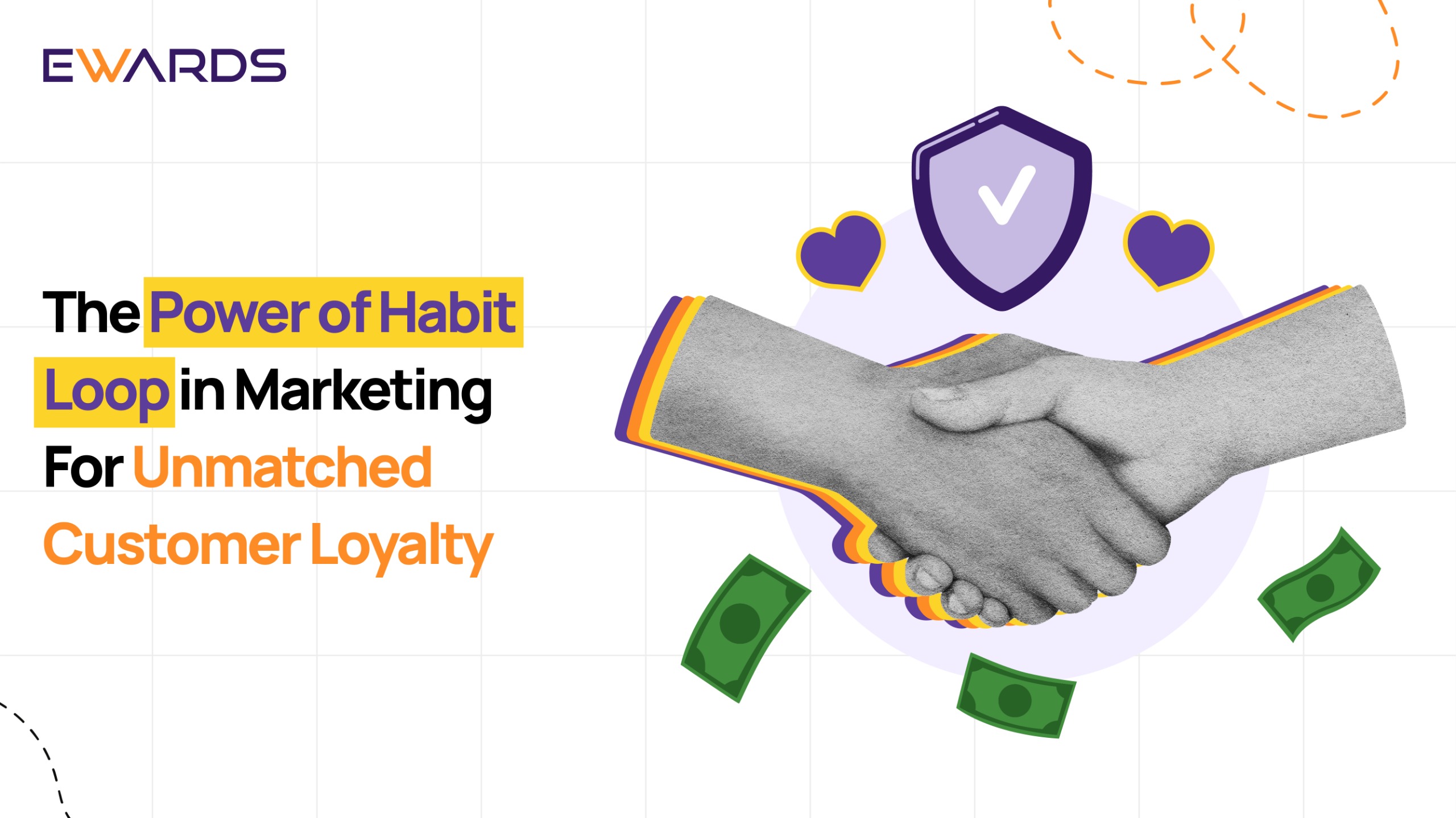
Do you ever wonder why some customers just can’t seem to stop buying from certain brands, while others frequently hop from one to another? The reason behind this often lies in a psychological concept: the habit loop.
In marketing, understanding habit formation is important when it comes to creating long-term customer relationships and fostering brand loyalty. According to research by Neuroscientist Dr. Ann Graybiel from MIT, ‘we all mostly live by habit’ and 43% of our daily actions are because of habits rather than conscious thoughts. If brands can effectively tap into this pattern, they have the potential to transform occasional buyers into loyal, repeat customers.
As a marketer, embedding the habit loop into your CRM strategy can be the key to boosting engagement, ensuring repeat purchases, and ultimately cultivating customer loyalty.In this article, we will explore the concept of the habit loop, its impact on customer behavior, and how you can use it in your CRM strategies to drive meaningful business results.
What is the Habit Loop?
The habit loop is a psychological framework that explains how habits are formed and maintained. It was first popularized by Charles Duhigg, the author of the book The Power of Habit. Duhigg’s concept of the habit loop is based on research from neuroscience and psychology, highlighting that habits are not just random behaviors but can be broken down into a simple, repeatable cycle that drives daily actions.
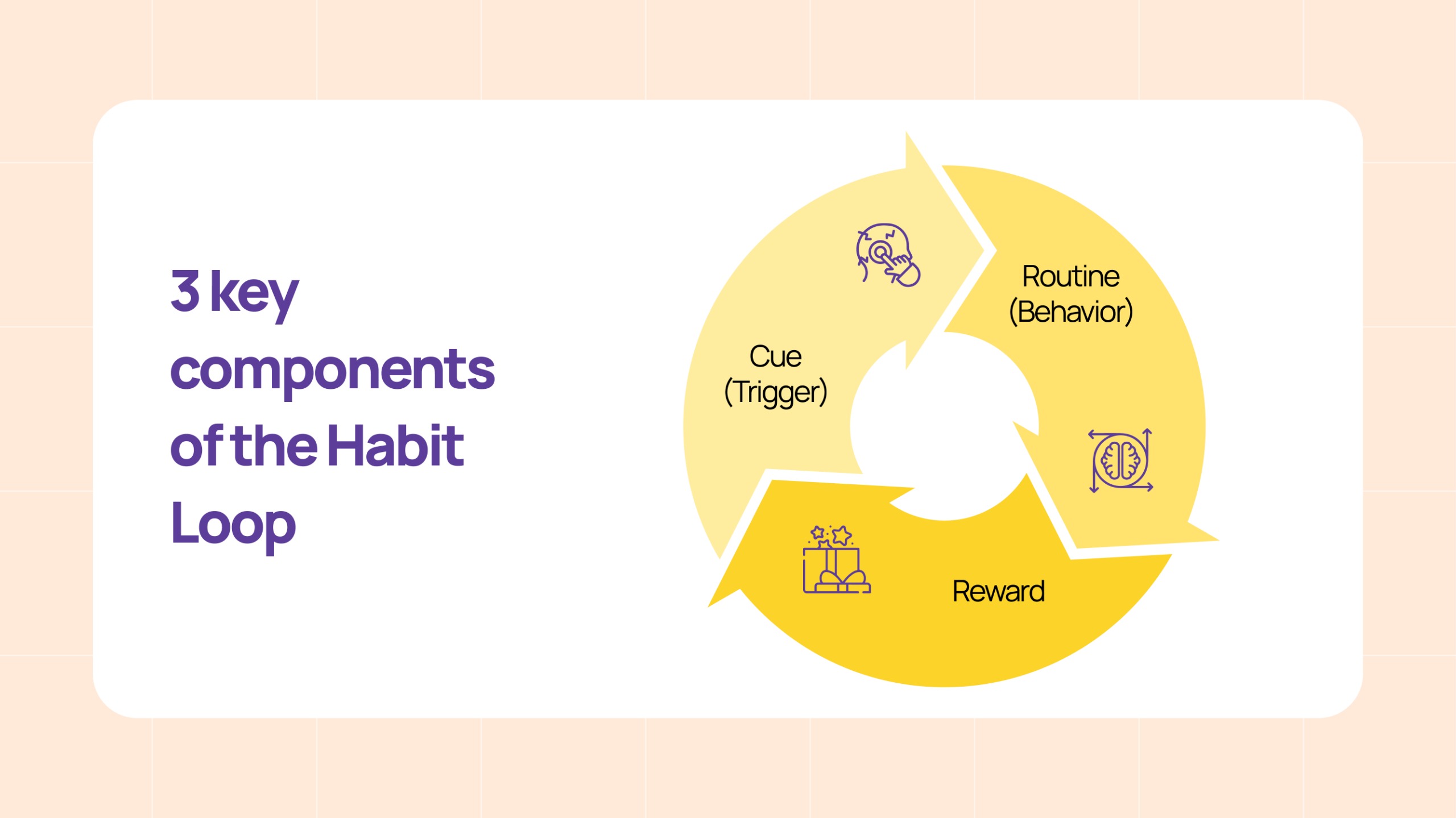
According to his concept, the habit loop consists of three key components:
- Cue (Trigger): This is the signal or prompt that initiates the behavior. It can be external (like a notification on your phone) or internal (like feeling bored or anxious). The cue is what triggers the brain to begin the habit.
- Routine (Behavior): This is the behavior or action that follows the cue. It’s the habit itself, like checking your phone after getting a notification, having a cup of coffee when you wake up, or logging into a fitness app every evening.
- Reward: The reward is the benefit you get from completing the behavior. It could be a sense of accomplishment, a physical sensation like pleasure, or an emotional benefit, such as relief from stress. The reward reinforces the behavior, making you more likely to repeat it.
The loop becomes automatic when the cue triggers the routine, and the reward reinforces it. Over time, this sequence of events is learned by the brain, and the behavior becomes something you do without thinking.
The Impact of the Habit Loop on Customer Behavior
The habit loop plays a significant role in customer behavior. When a consumer develops a habit loop around your product or service, it becomes ingrained in their daily routine. This leads to more frequent interactions and a deeper sense of loyalty toward your brand.
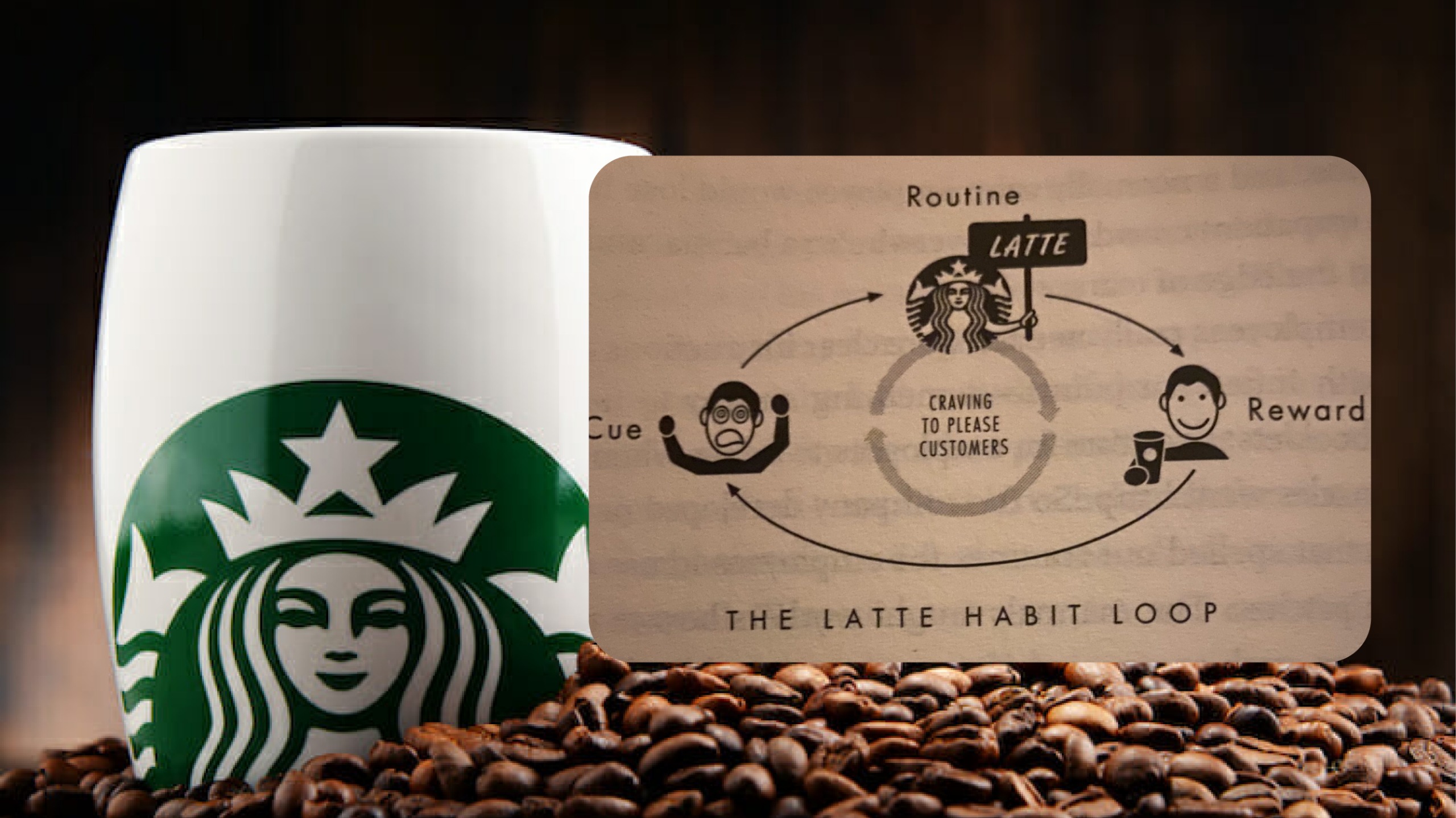
Example: Starbucks is a prime example of a brand that has successfully integrated the habit loop. The process might look like this:
- Cue: Seeing a Starbucks store nearby.
- Routine: Walking into the store and ordering a coffee.
- Reward: A sense of pleasure, comfort, and a caffeine boost that prepares them for the day.
Starbucks has created a habit loop that customers subconsciously follow every day, making it harder for them to switch to another brand.
The Role of Habit Loop in CRM
Incorporating the habit loop into your CRM strategy can elevate customer engagement, retention, and brand loyalty. Here’s how the habit loop can be mapped into your CRM strategies:
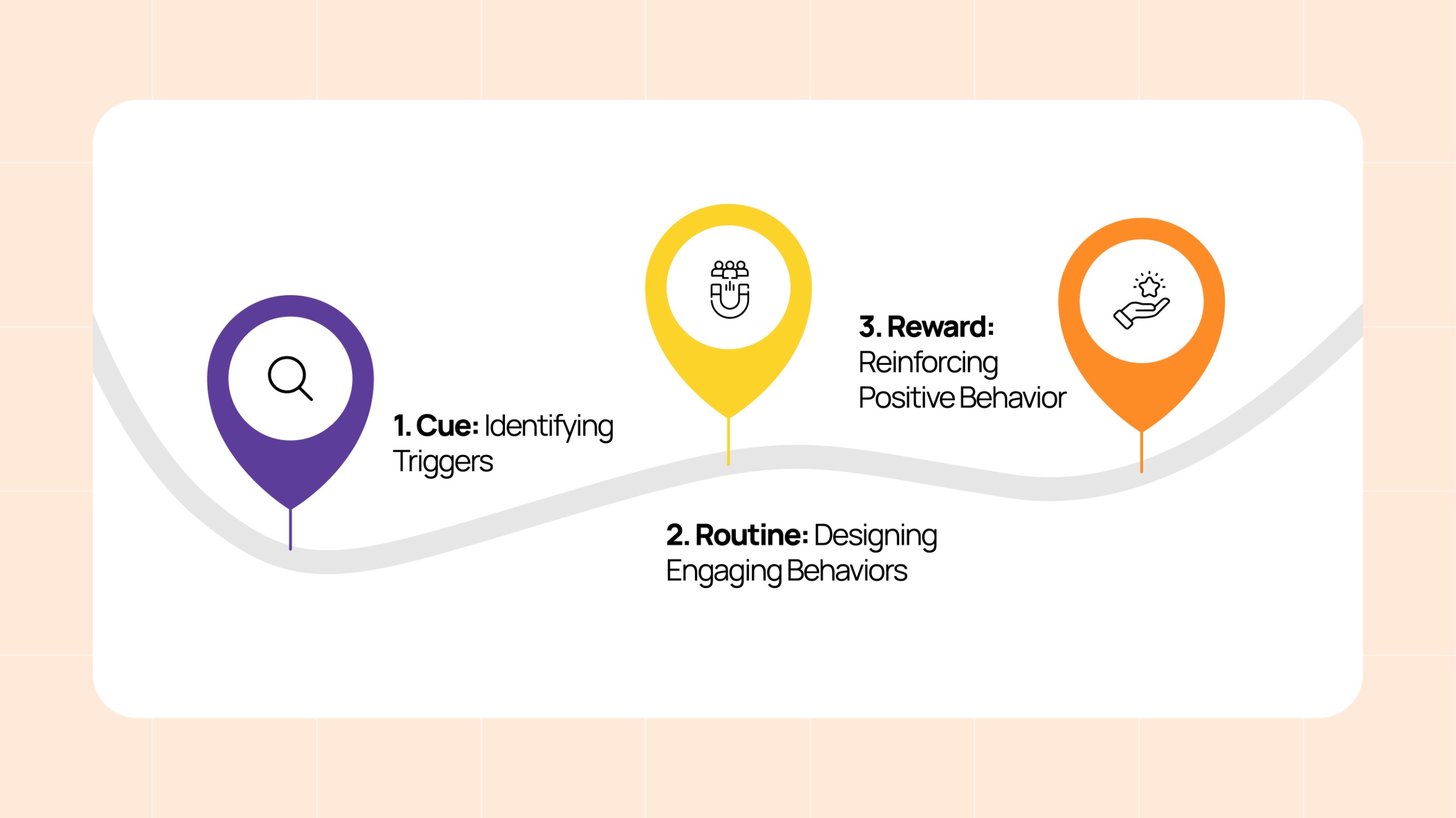
1. Cue: Identifying Triggers
The first step to creating a habit loop is delivering the right cue to your customers. This could be an email reminder, a push notification, or even a personalized offer.
CRM systems play a crucial role here. With the help of customer data, businesses can deliver personalized cues to keep customers engaged. For example, sending a reminder that their favorite product is back in stock or offering them limited-time discounts based on their browsing history.
2. Routine: Designing Engaging Behaviors
Once the cue is delivered, the routine or behavior must be simple and enjoyable for the customer. CRM tools allow businesses to create smooth, easy-to-use experiences that encourage repeat actions. For instance, simplifying the checkout process or creating an intuitive loyalty program can help customers engage more often.
3. Reward: Reinforcing Positive Behavior
The reward is the most crucial part of the habit loop because it reinforces the behavior. Rewards can come in various forms, including discounts, exclusive offers, or loyalty points.
How Habit Loop Improves Customer Retention
Research shows that habit-driven behaviors significantly improve customer retention. When a customer has developed a habit loop around your brand, they will engage automatically without having to think twice.
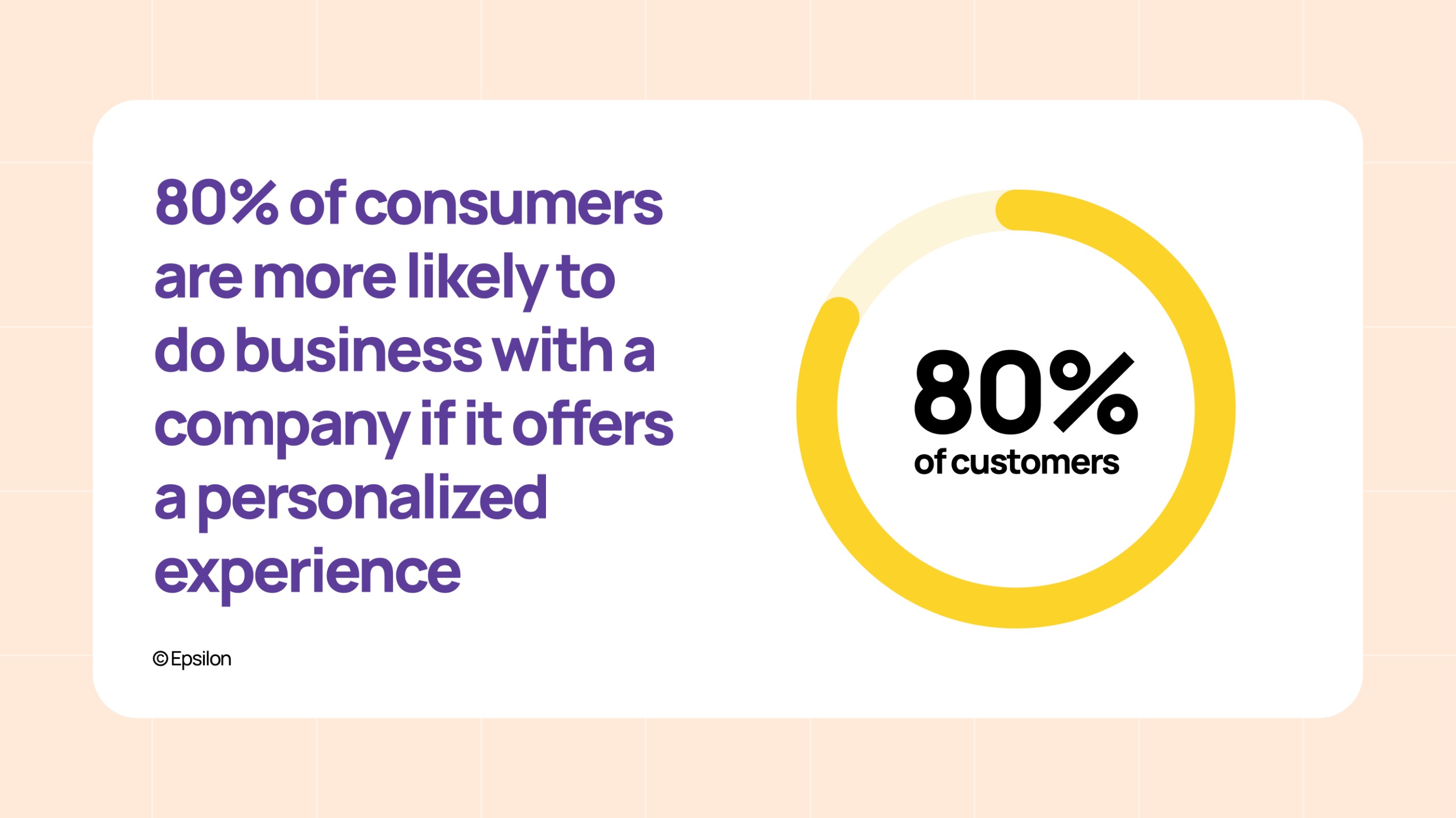
By creating a habit loop that customers can rely on, brands can increase lifetime value and decrease churn. For example, when a customer engages with a brand’s loyalty program or rewards system habitually, they will feel more attached to the brand and less likely to switch to a competitor.
Implementation of Habit Loop in Your CRM Strategy
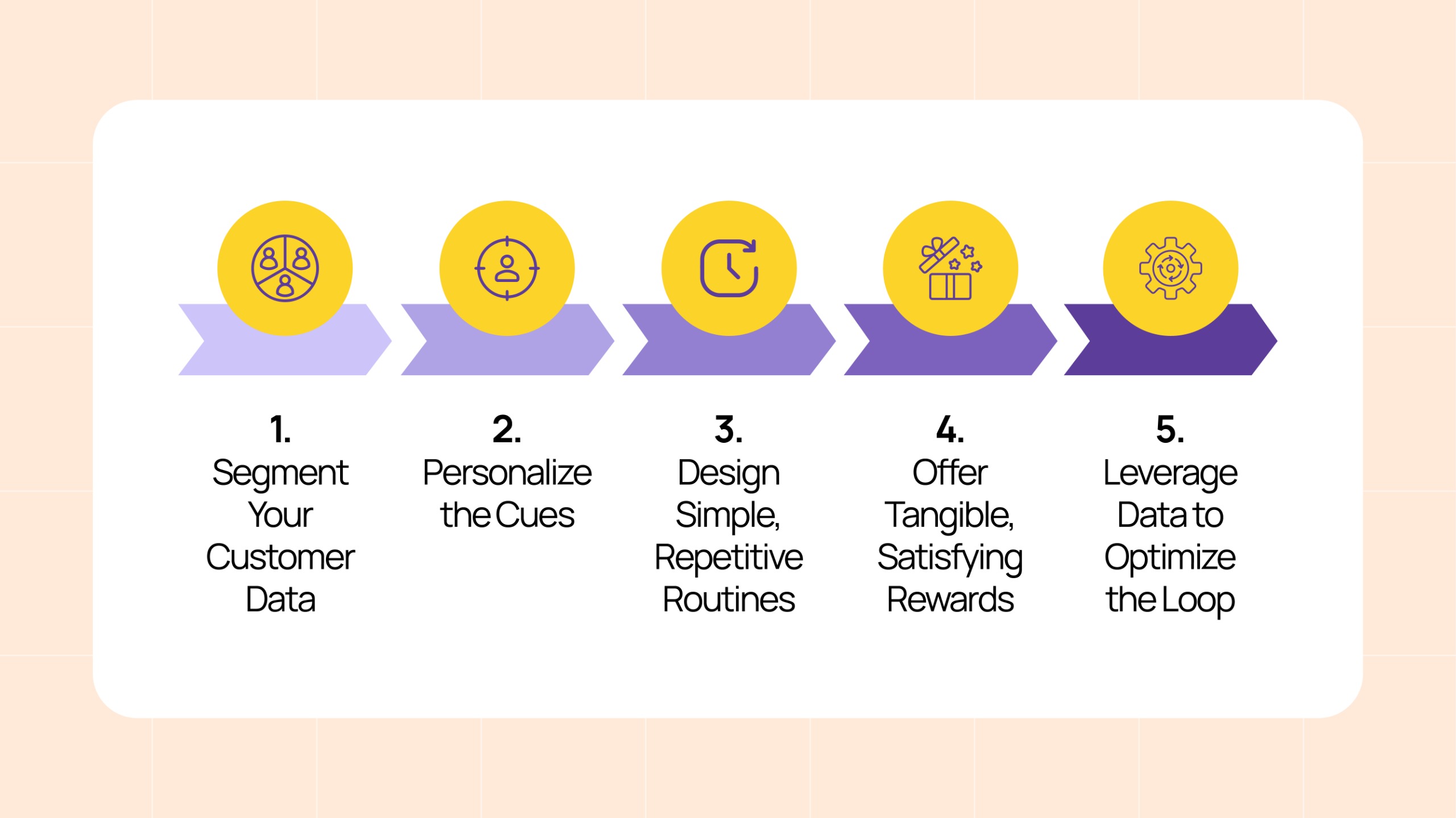
- Segment Your Customer Data: Use your CRM system to analyze customer behavior, preferences, and pain points. Identify the triggers and actions that lead to habit formation for different segments of your audience.
- Personalize the Cues: Deliver targeted and timely cues (such as reminders, discounts, or product recommendations) to encourage customers to take action.
- Design Simple, Repetitive Routines: Make it easy for customers to engage with your brand through intuitive interfaces, easy navigation, and seamless reward programs.
- Offer Tangible, Satisfying Rewards: Provide rewards that genuinely benefit the customer, whether it’s through discounts, loyalty points, or exclusive offers. These rewards will reinforce their behavior and make them want to engage again.
- Leverage Data to Optimize the Loop: Continuously track your customer data and make adjustments to the habit loop based on how customers are engaging. Adjust rewards, cues, or routines based on performance metrics.
Importance of Habit Loop in CRM
In today’s competitive market, customer retention is more important than ever. The habit loop enables brands to build a solid foundation of repeat customers by turning every engagement into a habit. With effective CRM strategies centered around the habit loop, businesses can-
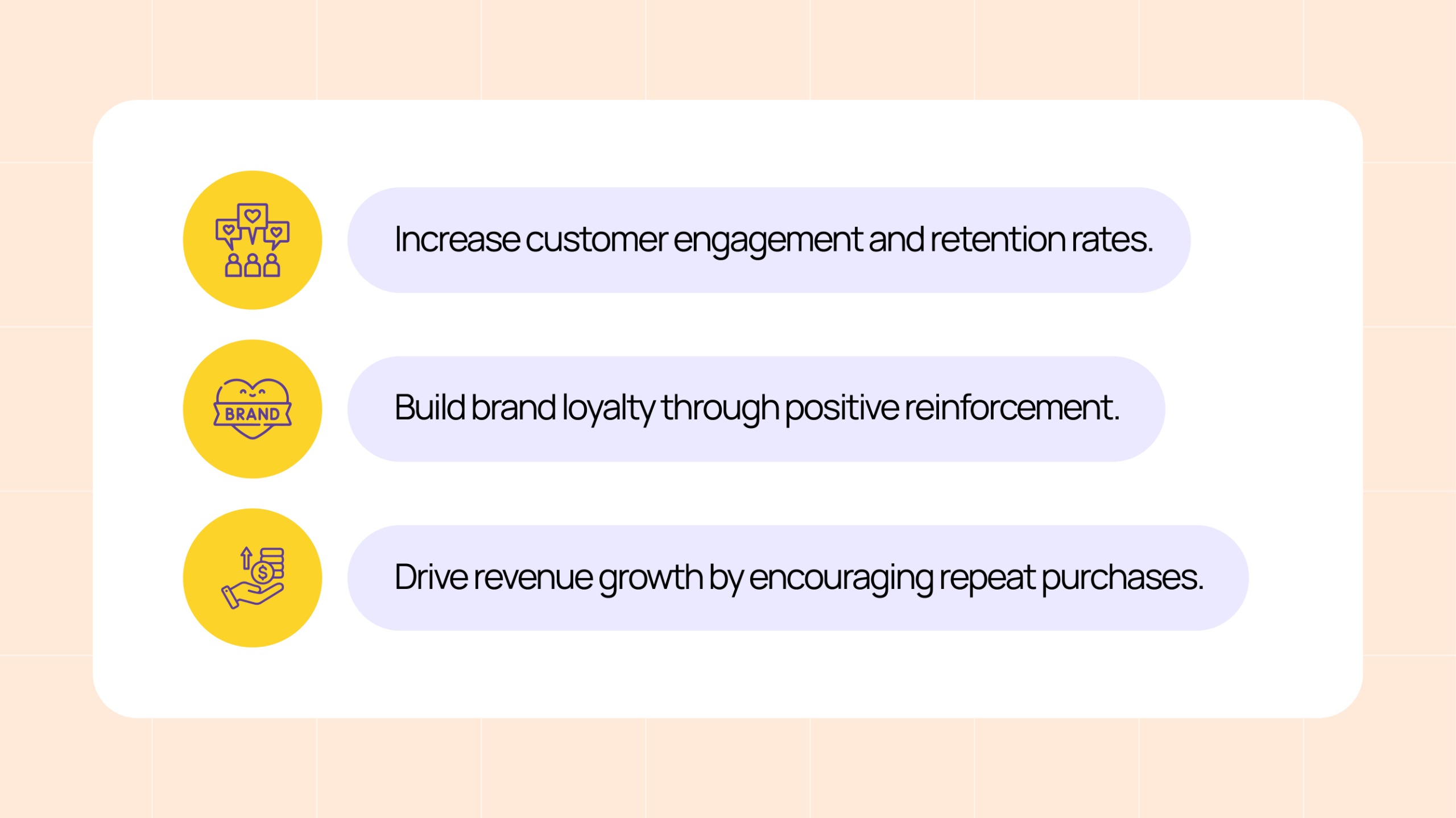
Conclusion
The habit loop is a powerful psychological framework that drives customer behavior. By integrating the habit loop into your CRM strategy, you can create more personalized, rewarding, and engaging experiences that turn occasional buyers into loyal brand advocates.
When customers are hooked into a habit loop, they don’t just become one-time buyers; they become repeat customers who engage with your brand regularly. By tapping into this psychological pattern, your CRM strategies can lead to stronger, more loyal relationships with your customers.
Let’s connect and explore how we can help you create lasting customer habits and drive long-term loyalty!